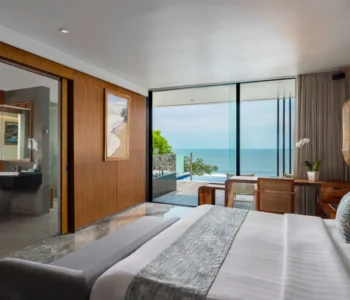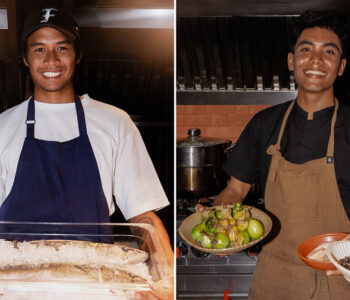In 1987, American artist Richard Jacobs, accompanied by his new wife Marianna, found himself living among the secluded rice fields of Camuphan, Ubud. A Masters of Fine Art graduate from Yale University, the twenty-six-year-old had been awarded a 1987-88 Henry Luce Scholarship to paint and teach in Bali.
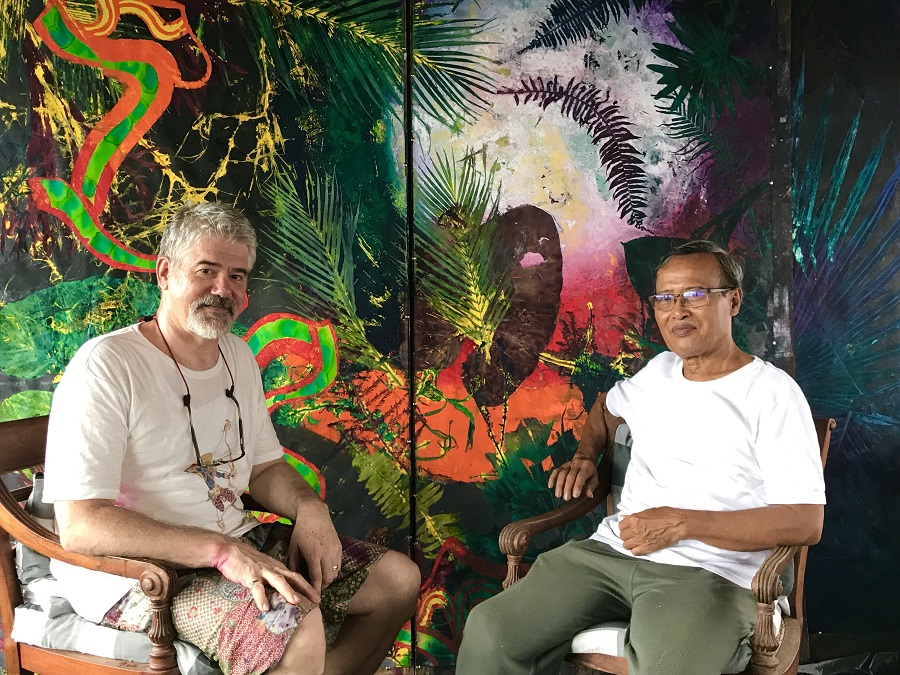
Established in New York in 1936 by the Henry Luce Foundation, the scholarship fosters cross-cultural understanding, cooperation, and knowledge-sharing between America and Asia. The scholarship sustained the Jacobs for ten months, providing a unique interlude from the structured modern world into a mysterious multi-dimensional realm informed by natural cycles and complex, ancient culture. The classic East-West encounter initiated the couple into a lifetime of extraordinary transition.
An auspicious meeting at the Batubulan High School of Art, where Jacobs would teach one day per week, united him with the Balinese visionary Wayan Sika (1949-2020). This occasion led to a lifelong friendship and a fascinating intercultural exchange. “Sika was a master draftsman, highly respected ornamental woodcarver and the grandson of a Balian. He was deeply connected with the spiritual practices of Balinese Hinduism,” Jacobs said. “He had an insatiable curiosity for contemporary art and the West and I wished to learn everything I could about the Balinese. Sika was my introduction to the island and culture. Our friendship flourished on many levels leading to significant collaborations.”
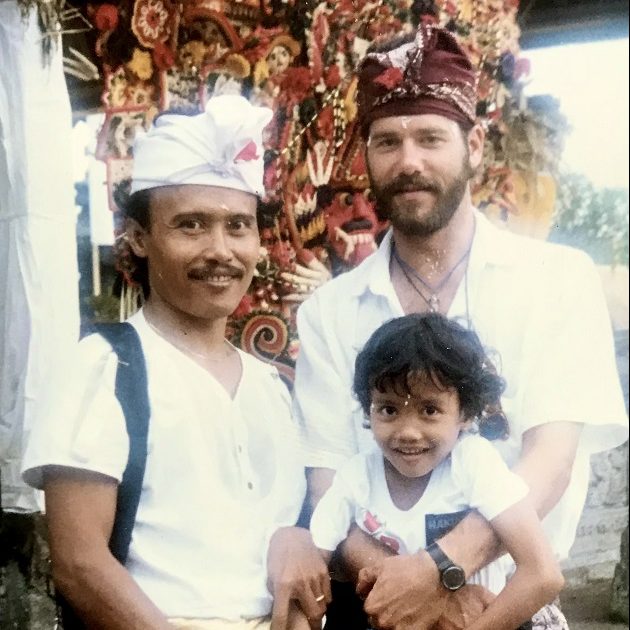
New Creative Frontiers
Immersed in the dynamic living culture, sublime tropical environment, and light, a revolutionary creative shift began. Jacobs’ academic art understanding was scrutinized while he developed an appreciation of sacred functional art and its relationship with culture. Natural progressions, such as the 3-month rice planting cycle he witnessed daily from his studio, Batik making, woodcarving and the use of handmade ritual objects essential for the life cycle, influenced his art making.
Sika introduced Jacobs to local Batik makers and Yogyakarta’s renowned Copper Batik Chops technique. He travelled to Java and worked in a factory, stamping hot wax on canvas with the old men who make sarongs by hand. Jacobs applied the use of masking, vibrant liquid dyes and an array of tropical leaves into his abstract art with an emphasis on Batik underpaintings.
The new expressions required Jacobs to surrender to the unknown elements of control. Chance, therefore, became a vital part of his technique, and the results were a breakthrough. His works became multi-dimensional, bringing new dynamic life to the negative spaces within the compositions through vibrant colour and the overlaying of potent organic forms during his monotype printing process.
“I had been exploring figuration and abstraction painting, being influenced by Japanese Ukiyoe prints, Picasso, and Willem de Kooning,” Jacobs explained. “In Vermont, I overthink my work and take steps backwards and forwards. In Bali, however, there is a divine creative inspiration and an equatorial flow where almost everything I do seems to work.”
“In Bali, I became the medium. I don’t paint the paintings so much as channel them.” Highly prolific, he shipped home one hundred works at the end of his Luce scholarship. “Thirty-five years later, my images still have a spatial presence I discovered during that time.”
Planting Seeds for the Future
While in Ubud, Richard focussed on his art, and Marianna studied Balinese dance and made jewellery. Upon their homecoming, they set into motion plans to return. “We collaborated with the master Balinese jewellers with our ideas and designs; the work had a distinctly contemporary vibe with an ancient technical ethnic flair. We eventually did live TV home shopping shows. Our Bali story and authentic connection to the culture became popular, and our success spread from the US to Australia, Japan, Canada, England and Germany,” Jacobs said. “I was able to renovate an old barn in Vermont into a dream studio, and the business paid for us to return to Bali almost every year, where Sika kept a space for me to paint above his gallery.”
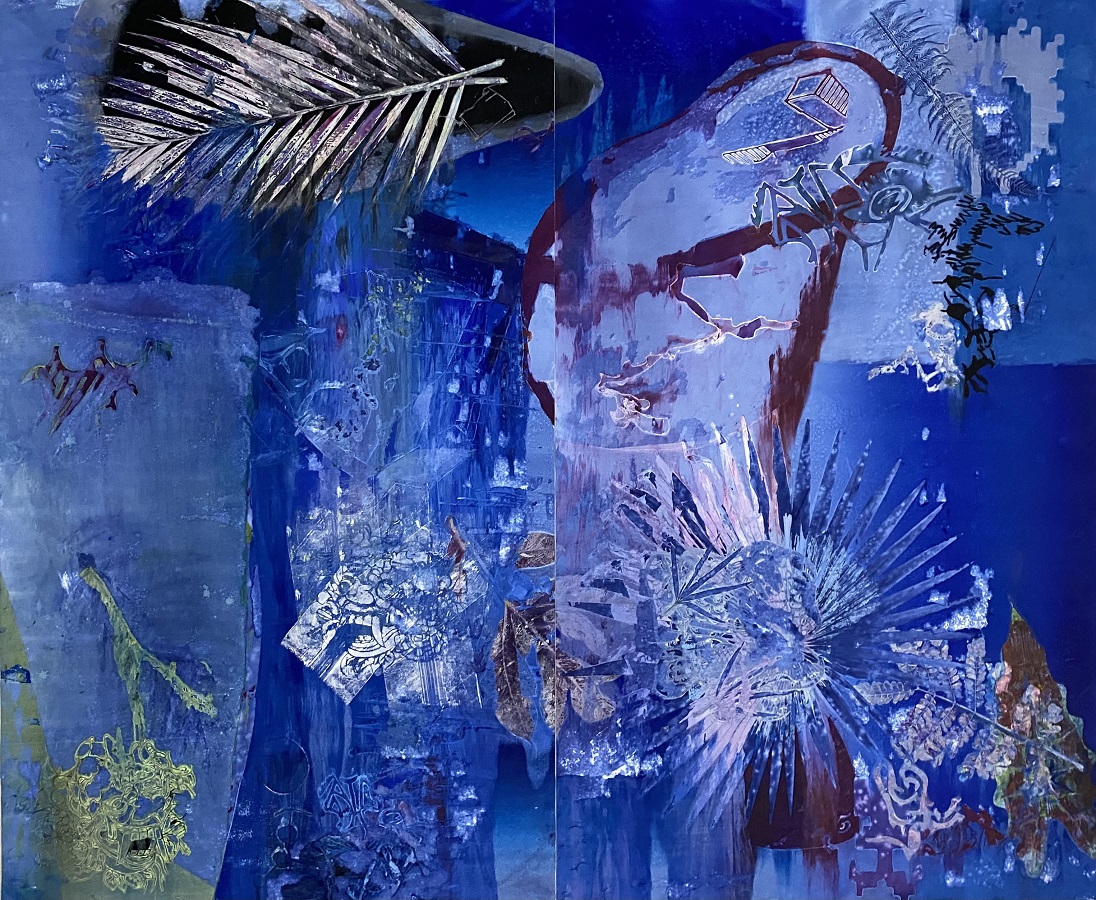
Sika’s Unique Journey
During the 1980s Sika developed strong national and international relationships. In 1982 his government sent him to New Zealand to create furniture for the Indonesian Embassy. In 1986 he was in Switzerland making wood carvings and bronze statues. In 1989 the Christof Merian Foundation invited him to join their International Exchange Artists program, and Sika held his sold-out debut solo exhibition in Basel. He introduced other Balinese artists to this program, helping expose Balinese contemporary art to new European audiences and galleries.
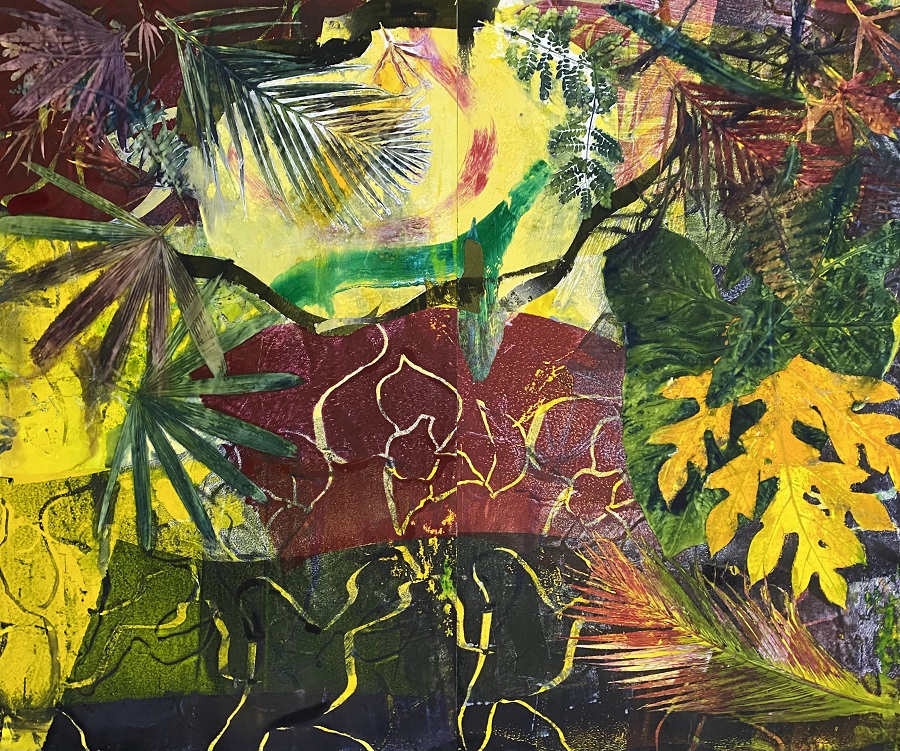
The Sika Contemporary Art Gallery was established in 1996 in Campuhan, near the Bintang supermarket. Bali’s first avant-garde gallery provided new opportunities for Balinese, Indonesian and international experimental artists. Sika had many other achievements; being a founding member in the 1970s of the nation’s oldest art collective, Sanggar Dewata Indonesia (SDI), lecturing part-time for 34 years at the Indonesian Art Institute (ISI) Denpasar, as well as being a leading writer, curator and art provocateur. “When I left Bali in 1988, I gave Sika all my leftover paints. I returned less than two years later, and he had created a body of abstractions with the paint that had earned him international acclaim,” Jacobs said. “Sika became one of the masters of contemporary Balinese painting.”
Collaborations
“My first project with Sika was creating teakwood abstract carvings from my paintings. He and his brothers went on to create dozens of large-scale woodcuts of my designs which I still use today. One was a drawing appropriated from Picasso’s 1937 Weeping Woman, which I have used in dozens of works, including ‘Friendly Fire’, which is in the collection of the Boston Museum of Fine Arts.”
“My favourite project is my Snow Prints. Every year in late winter in Vermont, there is a warm day when the snow melts and becomes perfectly soft for printing. I printed the woodblocks from Bali and, for a few minutes, enjoyed the brightly coloured transfers into the snow. The irony is that the work’s origins come from a place without snow. Within an hour, they are entirely faded. This impermanence reminds me of the Balinese art burned to the sky during cremations.”
August 2022
Jacobs spent September 2019 in Ubud, in early January 2020, Wayan Sika unexpectedly passed away at his home above the gallery. In August 2022 Jacobs returned and completed seventy works as an artist-in-residence at the DEVFTO Printmaking Institute recently located at the Sika Gallery. “When Sika was alive I printed my large-scale monotypes on the floor with a rice spoon. I always dreamed of transferring the massive leaves of Bali on a printing press, this year it was possible,” Jacobs said.
“I am here for Sika’s cremation on 19 August 2022. His life and work became more and more spiritual over the years, and he stated he had mostly completed his role in the physical world. His sudden passing was a shock but not a surprise. I feel his presence every day. I know he is happy that there is a constant flow of artists, collectors and curators visiting DEVFTO and that I am creating new work amongst a gallery of his most spiritual paintings.”
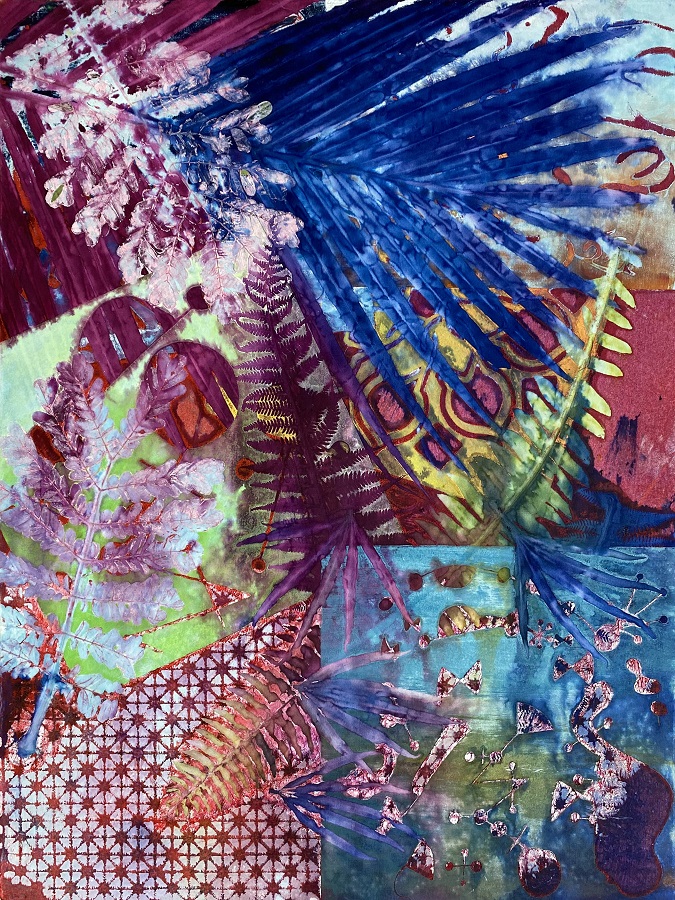
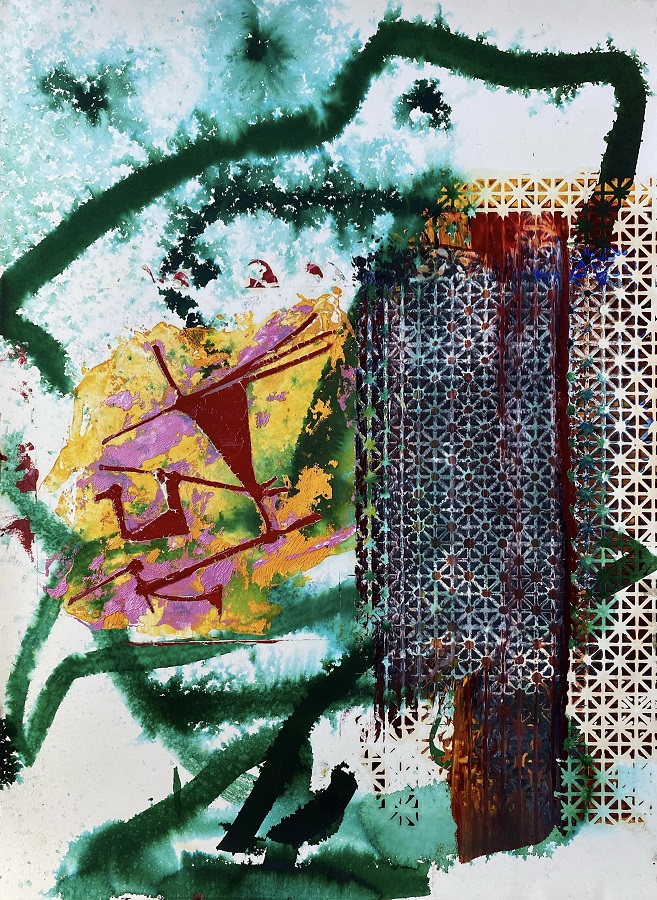
Richard Jacobs has exhibited in numerous solo, and group shows in America and Bali and has exhibited in the UK, Switzerland and Germany. He is represented in public and private collections in the US and will return to Ubud in 2023.


